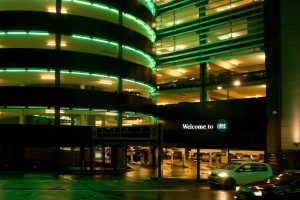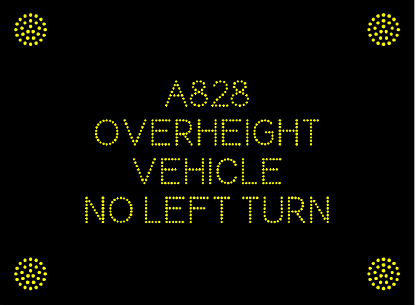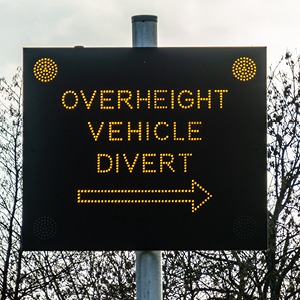Background

Cabot Circus, a shopping destination in the heart of Bristol, with over 120 high-street and designer brands, had difficulty in getting traffic away from their car park at busy times. The cause of this issue was twofold; in part it was due to the car park exit barriers, which delay traffic as it’s exiting the car park, and secondly the exit was being blocked by traffic queuing back from the downstream traffic signals.
The car park operators approached the Traffic Control Service (TCS), who investigated whether any changes could be made to the traffic signals to improve the flow of traffic away from the car park. Some changes were identified and trialed, then built into a strategy that could be activated when required.
However, the TCS is not always manned at the times when the strategy activation is required and the times that activation are needed are variable. Therefore, a method to activate the strategy directly from the Cabot Circus Car Park control room was required.
Solution
The car park has three exits, a traffic control strategy was developed which amended the operation of the traffic signals immediately around the car park. In addition, two Coeval variable message signs (VMS) are set to warn approaching drivers of additional traffic in the area, enabling them to re-route should they wish.
The TCS and the car park operator agreed to purchase a push button device which was developed for this purpose by PTC Ltd and Coeval.
 This is a small, low power device that sits within the car park’s control room. It is connected by a 4G machine to machine Mobius SIM to the remotely located Outstation, and from there it communicates with the UTC system using standard UG405 protocols. The device works by sending a remote request via the UTC system, into the common
This is a small, low power device that sits within the car park’s control room. It is connected by a 4G machine to machine Mobius SIM to the remotely located Outstation, and from there it communicates with the UTC system using standard UG405 protocols. The device works by sending a remote request via the UTC system, into the common
database system, Stratos. This remote request is set up as a trigger to activate the traffic control strategy.
Once the strategy is active, it activates a number of pre-agreed traffic signal and VMS changes, which aids traffic flow away from the car park and then slowly returns the traffic signals to normal operation.
Outcome
This solution empowers the car park operator to take control of the traffic issues during busy times. It enables them to provide a sudden, temporary change to the operation of the traffic signals and VMS in the area around the car park, when needed. This is done through the use of a pre-approved traffic control strategy that has been designed and built by the local authority highway engineers. It is activated at the push of a button so requires no highway engineering training for
the car park staff.
The push button unit provides a simple, accessible and inexpensive solution that enables the car park’s management to interface with Bristol’s traffic control systems and VMS.
Download Case Study



